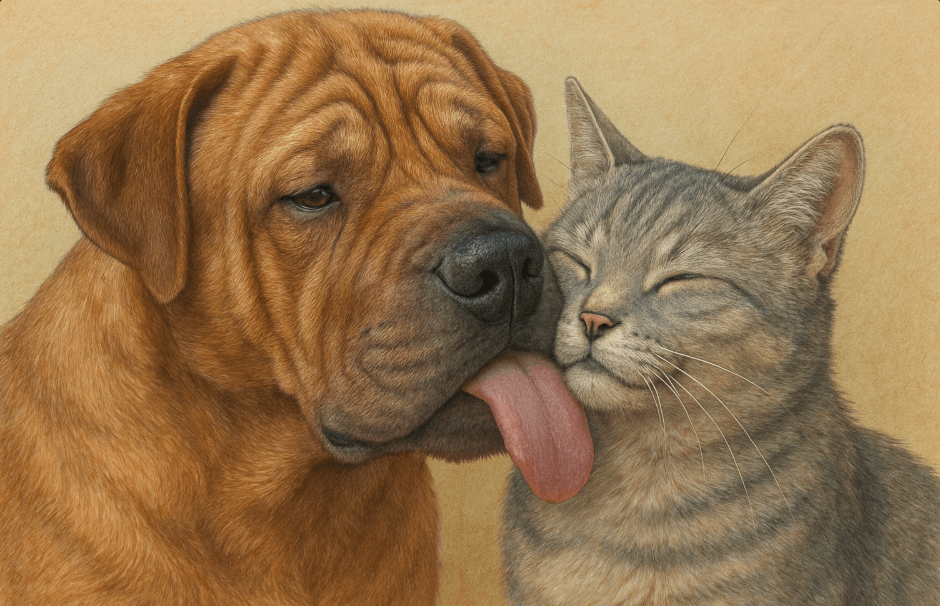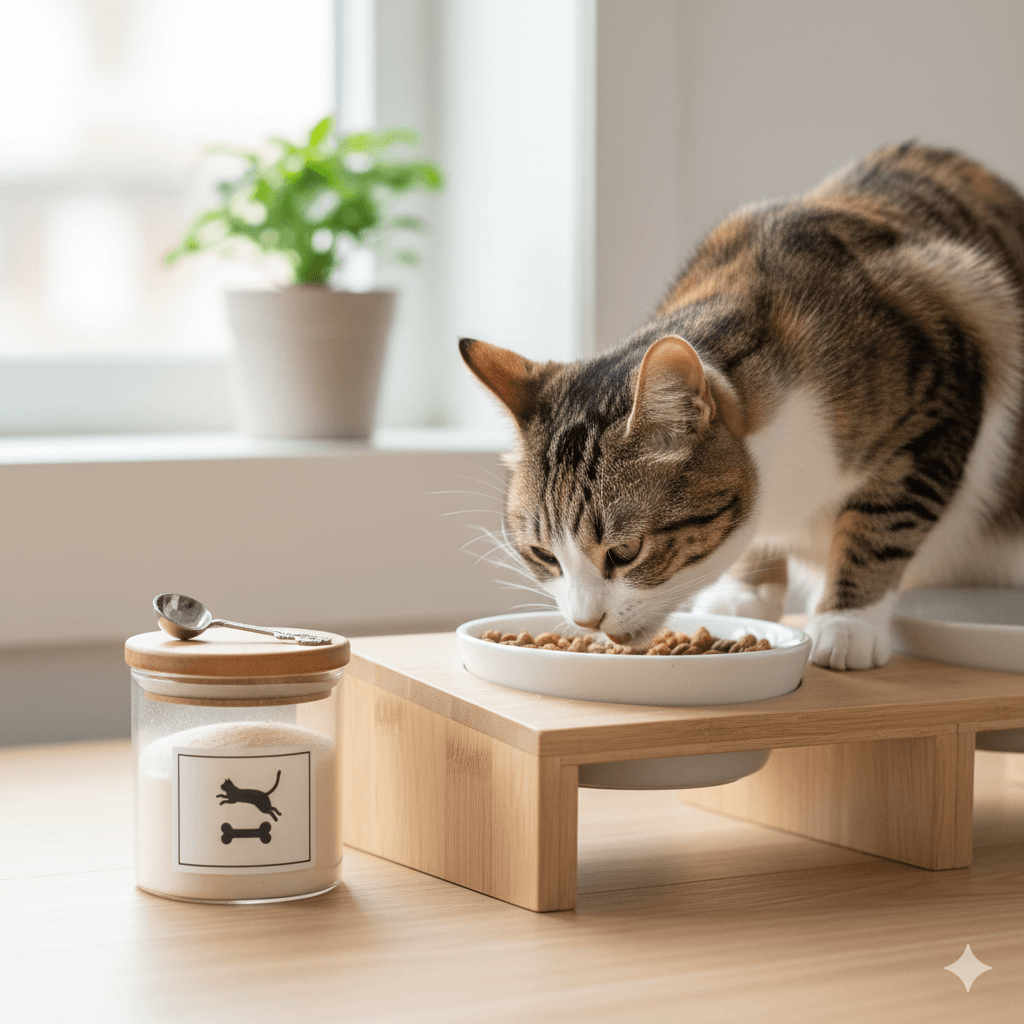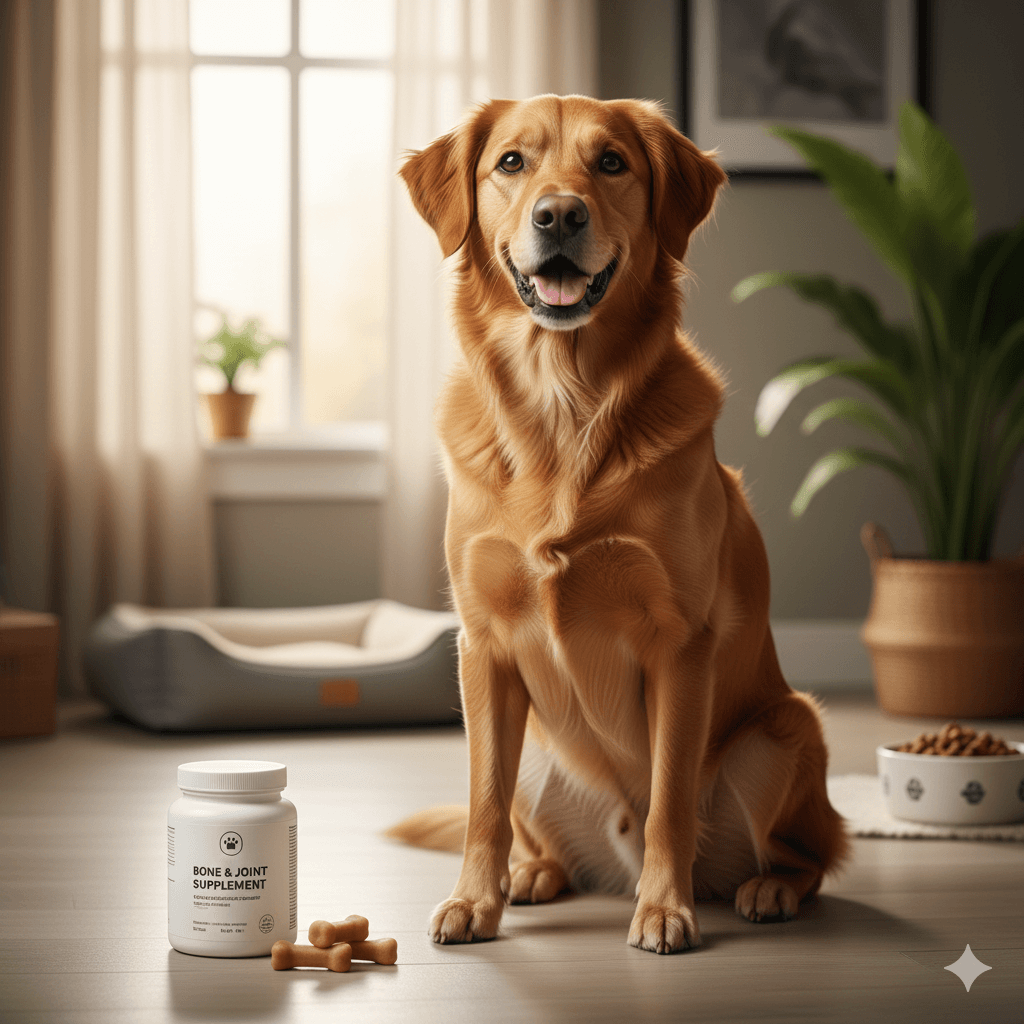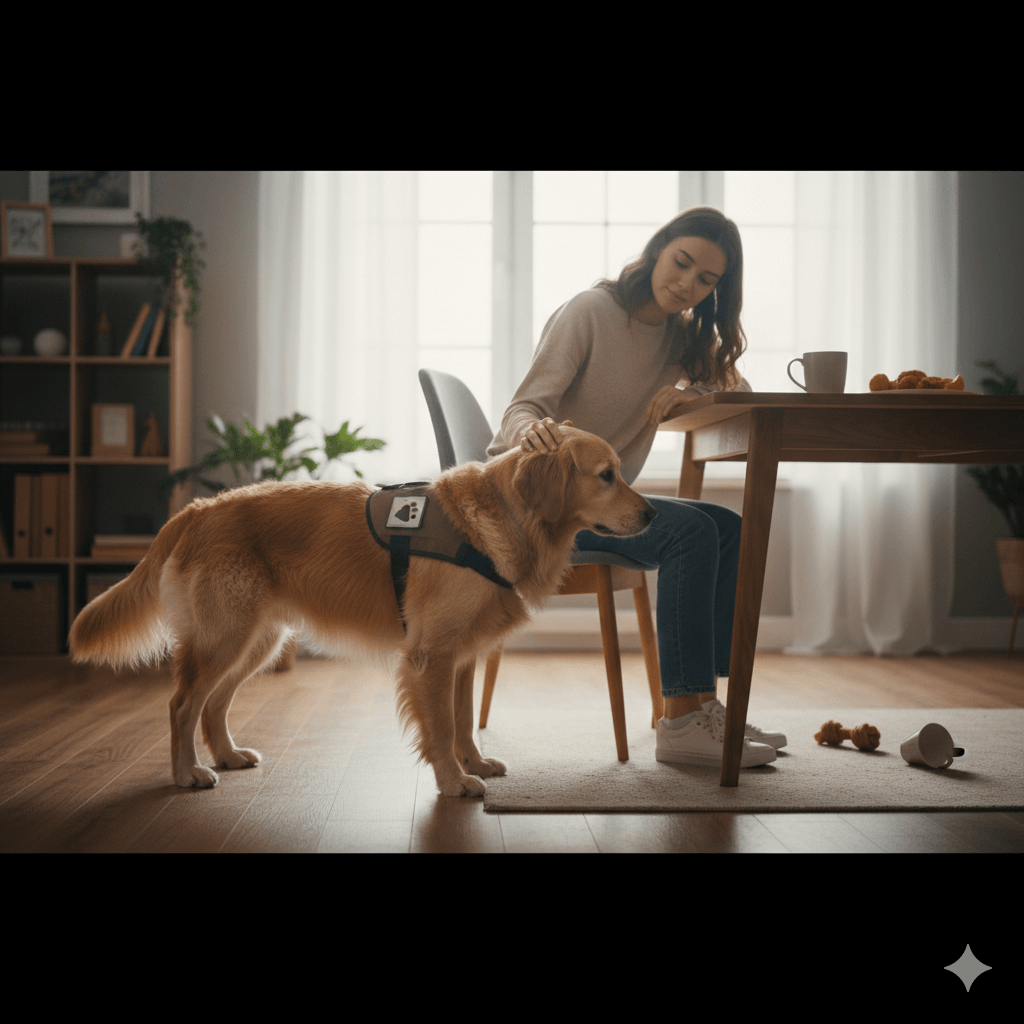Why Does My Dog Lick My Cat? Decoding This Curious Behavior
If you’ve ever caught your dog licking your cat, you might have found yourself wondering what’s going on in their furry little heads. Is it a sign of affection, curiosity, or something else entirely? Dogs and cats often form unique bonds, and licking can be one of the many ways they communicate or interact with each other. While this behavior is usually harmless, understanding the reasons behind it can help you ensure both pets are comfortable and happy in their shared environment. In this blog post, we’ll explore the possible explanations for why your dog licks your cat, how to interpret their interactions, and what you can do to foster a harmonious relationship between them.
Reasons Why Your Dog Might Lick Your Cat
There are several reasons why your dog might lick your cat, ranging from affection to instinctual behaviors. Here’s a breakdown of the most common explanations:
Affection and Bonding: Dogs often use licking as a way to show love and strengthen their bond with other animals or humans.
Curiosity About Smells: Cats groom themselves frequently, leaving behind scents that may intrigue your dog and prompt them to investigate with their tongue.
Pack Behavior: In multi-pet households, dogs may view the cat as part of their “pack” and lick them as a social gesture.
Taste Appeal: Cats often have residue from grooming products, food, or even natural oils on their fur, which might appeal to your dog’s taste buds.
Instinctual Grooming: Some dogs exhibit maternal or grooming instincts, especially if they’ve been around cats since puppyhood.
While licking is generally a positive behavior, it’s important to observe your cat’s reaction to ensure they’re comfortable with the interaction. If the cat seems stressed or annoyed, it may be time to intervene gently.
Signs Your Cat Enjoys Being Licked by Your Dog
Not all cats appreciate being licked by dogs, but some may tolerate or even enjoy the attention. Here are signs that indicate your cat is okay with the behavior:
Relaxed Body Language: A calm posture, slow blinks, or purring suggests your cat feels safe and content during the interaction.
Leaning Into the Licking: If your cat moves closer to your dog instead of pulling away, they likely enjoy the attention.
No Hissing or Growling: The absence of defensive sounds indicates your cat isn’t feeling threatened by the licking.
Returning Affection: Some cats may reciprocate by grooming the dog or rubbing against them, showing mutual affection.
Seeking Out the Dog: If your cat actively approaches your dog for interaction, it’s a clear sign they don’t mind the licking.
When your cat shows these signs, it’s safe to assume they’re comfortable with the dynamic. However, always monitor their body language to ensure harmony between the two pets.
Check this guide 👉Dog Licking Balls: Best 7 Behavior Tips!
Check this guide 👉Why Does My Dog Lick Their Paws at Night? Best 7 Tips!
Check this guide 👉Why Is My Dog Licking Their Legs? Best 7 Expert Tips!

Dog Behavior Toward Cats | What It Might Mean |
|---|---|
Licking | Affection, curiosity, or grooming instincts |
Wagging Tail Around the Cat | Excitement or friendliness |
Play Bowing | Invitation to play |
Staring Intently | Curiosity or focus on the cat’s movements |
Ignoring the Cat Completely | Indifference or respect for the cat’s space |
When to Be Concerned About Your Dog Licking Your Cat
While licking is usually harmless, there are situations where it might indicate a problem or cause discomfort for your cat. Here’s when you should pay closer attention:
Excessive Licking: If your dog licks the cat too frequently, it could irritate the cat’s skin or make them feel overwhelmed.
Aggressive Behavior: If the licking escalates into biting or chasing, it may signal overstimulation or predatory instincts.
Cat Showing Signs of Stress: Flattened ears, hissing, swatting, or trying to escape are clear indicators your cat dislikes the licking.
Health Concerns: Excessive licking could indicate anxiety in your dog or an underlying medical issue that needs addressing.
Unbalanced Power Dynamics: If the dog dominates the cat excessively, it could strain their relationship and lead to tension.
In these cases, it’s important to step in and redirect your dog’s behavior to maintain a peaceful environment for both pets. Consulting a professional trainer or veterinarian may also be helpful.
Tips for Managing Your Dog’s Licking Behavior
If your dog’s licking habits are becoming problematic or you want to encourage positive interactions, here are some practical tips to manage the behavior:
Provide Distractions: Offer toys, puzzles, or treats to redirect your dog’s attention away from the cat.
Set Boundaries: Use baby gates or designated spaces to give your cat a break from the dog when needed.
Reward Calm Behavior: Praise or reward your dog when they interact gently with the cat, reinforcing positive actions.
Supervise Interactions: Keep an eye on their playtime to ensure neither pet becomes uncomfortable or stressed.
Train Basic Commands: Teach commands like “leave it” or “stop” to help control your dog’s impulses during interactions.
By implementing these strategies, you can create a balanced and stress-free environment for both your dog and cat. Consistency and patience are key to fostering a healthy relationship between them.
Benefits of a Strong Dog-Cat Bond
A harmonious relationship between your dog and cat can bring numerous benefits to your household. When they get along well, it creates a peaceful and joyful environment for everyone. Here are some advantages of fostering a strong bond between your pets:
Reduced Stress: Positive interactions between pets can lower stress levels for both animals and their owners.
Increased Socialization: Dogs and cats that bond often become more adaptable around other animals and people.
Shared Playtime: A strong bond encourages playful interactions, keeping both pets physically active and mentally stimulated.
Emotional Support: Pets that form close relationships can provide companionship and comfort to each other when you’re not around.
Fewer Behavioral Issues: Well-adjusted pets are less likely to exhibit destructive behaviors like chewing or scratching furniture.
By nurturing their friendship, you create a happier home for everyone involved. A little effort goes a long way in building a lasting connection between your furry friends.
How to Introduce a Dog and Cat Safely
If you’re introducing a new dog or cat to your household, it’s important to do so gradually to avoid conflicts or stress. Proper introductions lay the foundation for a positive relationship. Here are some steps to ensure a smooth meeting:
Separate Spaces Initially: Allow the new pet to settle into their own area before introducing them to the resident pet.
Controlled Meetings: Use a leash or baby gate to manage their first interactions and prevent overwhelming either animal.
Reward Calm Behavior: Offer treats or praise when both pets remain calm and relaxed during introductions.
Monitor Body Language: Watch for signs of fear, aggression, or discomfort, and separate them if necessary.
Gradual Increase in Time Together: Slowly increase the time they spend together until they feel comfortable in each other’s presence.
Taking these steps ensures a safe and stress-free introduction, setting the stage for a healthy relationship. Patience is key when helping your pets adjust to one another.
Fun Activities to Strengthen the Dog-Cat Bond
Engaging your dog and cat in shared activities can help deepen their bond while providing enrichment for both pets. Here are some fun ideas to encourage positive interactions:
Interactive Toys: Use toys like feather wands or balls that both pets can chase or play with together.
Treasure Hunts: Hide treats around the house for both pets to find, encouraging teamwork and curiosity.
Training Sessions: Teach simple commands or tricks that both pets can participate in, rewarding them for cooperation.
Supervised Outdoor Time: Allow supervised outdoor play in a secure yard where both pets can explore together.
Quiet Nap Time: Create a cozy space where your dog and cat can rest near each other, fostering a sense of companionship.
These activities not only strengthen their bond but also provide mental and physical stimulation for both pets. Shared experiences build trust and create lasting memories for your furry family members.
Frequently Asked Questions About Dogs Licking Cats
Is it normal for my dog to lick my cat?
Yes, it’s fairly common and usually stems from affection, curiosity, or grooming instincts.
Can licking harm my cat?
While occasional licking is harmless, excessive licking can irritate your cat’s skin or stress them out.
Why does my cat sometimes lick my dog back?
Cats may reciprocate as a sign of mutual affection or acceptance within the household.
How can I stop my dog from licking my cat too much?
Redirect their attention with toys, set boundaries, and reward calm behavior to discourage excessive licking.
Should I worry if my dog licks my cat aggressively?
Aggressive licking or behaviors like biting require immediate intervention to prevent conflicts or injuries.
In Conclusion: Understanding and Nurturing Pet Relationships
The question “Why does my dog lick my cat?” highlights the fascinating dynamics between our beloved pets. Whether driven by affection, curiosity, or instinct, this behavior is usually a reflection of their unique bond. By observing their interactions, respecting their boundaries, and addressing any concerns promptly, you can ensure both your dog and cat live harmoniously together. Remember, every pet has its own personality, and understanding their individual needs will go a long way in fostering a loving and balanced household. With patience and care, you can enjoy watching your furry companions share moments of joy and connection.
Understanding Bone Supplement for Cats: Best 7 Expert Tips! – Safe, vet-approved guidance for strong feline bones & balanced nutrition.
Bone Supplement for Dogs: Best 7 Expert Tips! – Expert guide to calcium, collagen & bone health for every life stage.
Understanding Can Cats Get Sunburn: Best 7 Expert Tips! – Protect your feline from UV damage with vet-backed prevention strategies.
How to Train a Seizure Alert Dog: Best 7 Expert Tips! – Learn expert-backed steps to nurture natural instincts into reliable, life-saving seizure alerts.




